Picture this: You’re walking through a forest at dusk, and something catches the corner of your eye. A flicker of movement, a shadow that shouldn’t be there. For centuries, our ancestors lived in a world where the line between reality and myth was beautifully blurred, and they needed companions who could track things that went bump in the night. While we might think of dogs as hunters of rabbits or birds, the truth is far more enchanting. Some breeds were specifically developed to pursue creatures that existed somewhere between legend and reality.
The Norwegian Elkhound: Tracker of Winter Spirits
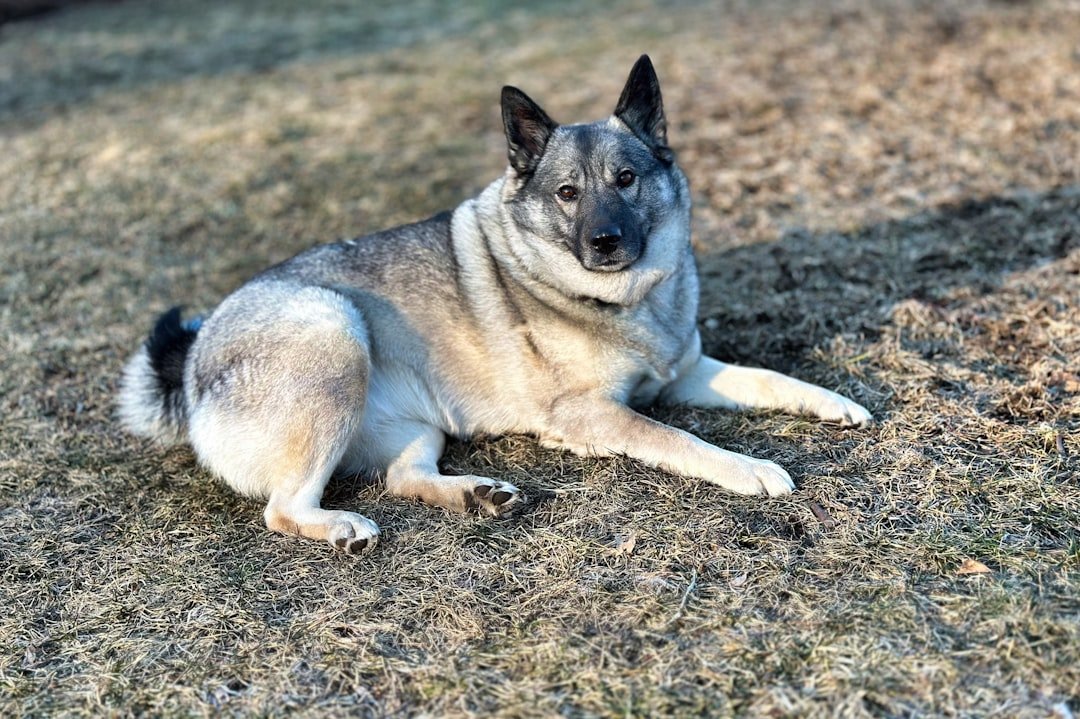
Long before the Vikings sailed across stormy seas, Norse tribes depended on a sturdy, silver-coated breed that seemed born from the very essence of northern winds. With thick fur, a curled tail, and a look of ancient purpose in their eyes, Norwegian Elkhounds would have been mistaken for companions to Norse gods. These brave hunting dogs were bred to track big game in the harsh wilderness and could easily pass for legendary wolf-beasts from Viking sagas.
But here’s what most people don’t realize – these dogs weren’t just hunting elk. In the bitter Scandinavian winters, when food became scarce and desperation set in, local folklore spoke of Draugr – undead spirits that roamed the forests. The Elkhound’s exceptional ability to detect scents in sub-zero temperatures made them invaluable companions for tracking these supernatural entities that supposedly left no footprints in the snow.
Irish Wolfhound: Guardian Against the Wild Hunt
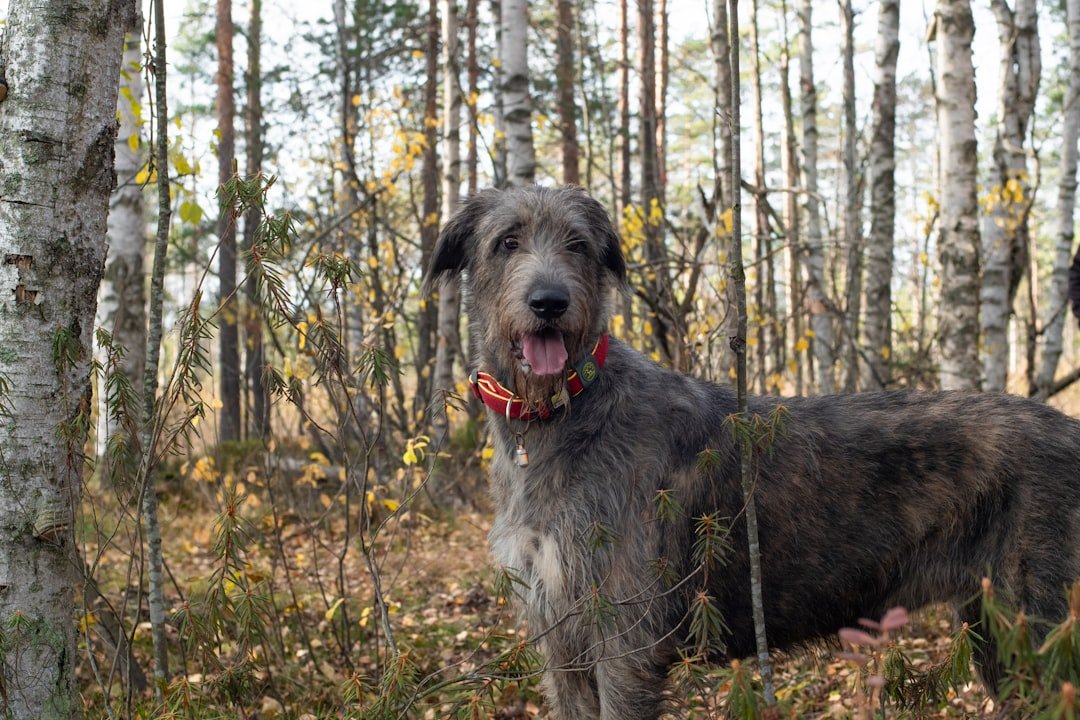
Massive, shaggy, and noble, the Irish Wolfhound is the kind of beast ancient storytellers would describe as the companion of warriors and giants. Standing impressively tall, they would have easily been mistaken for mythical beasts guarding ancient forests or helping heroes on epic quests. These gentle giants are among the tallest dog breeds and possess an almost mystical quality that’s impossible to ignore.
The Wild Hunt is a spectral group of hunters, often led by a god or ghostly figure, and their hounds are described as massive, ghostly dogs that run alongside the hunters. They are often accompanied by large, supernatural hounds, sometimes called Hellhounds, who aid the hunters in chasing their prey. Celtic warriors believed their Irish Wolfhounds could both sense and stand against these phantom hunters, making them protectors against otherworldly threats.
Xoloitzcuintli: Guide for Souls Between Worlds
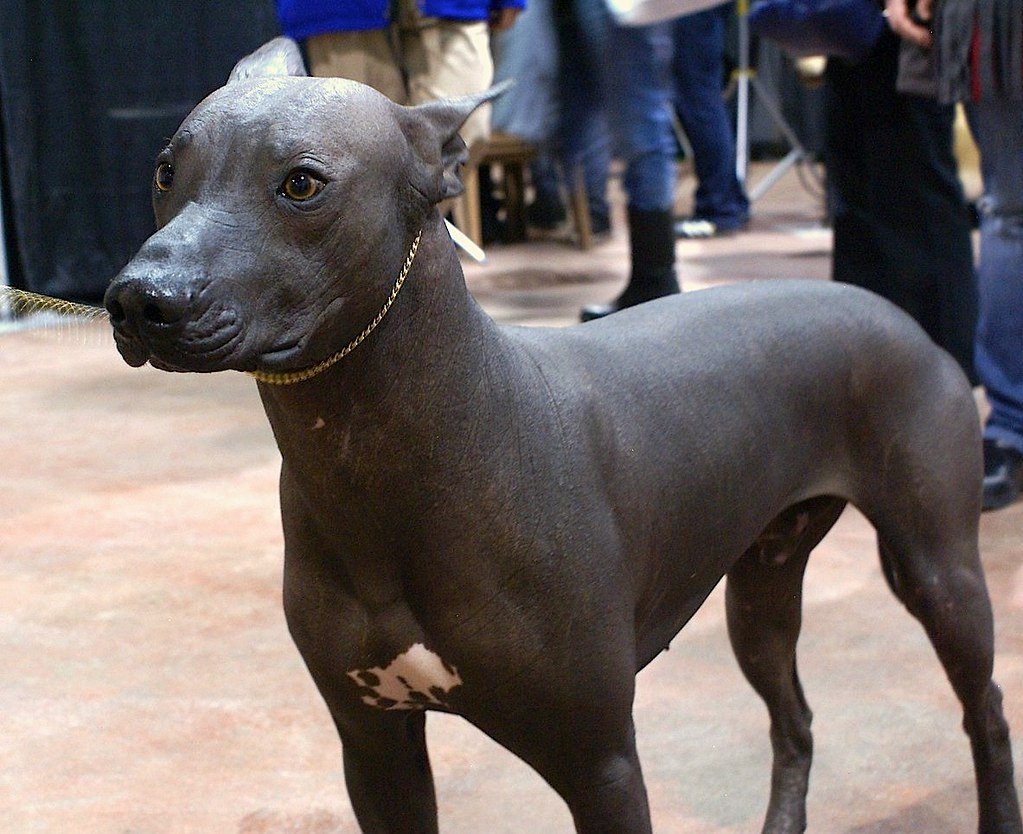
The Xoloitzcuintli, or Mexican Hairless Dog, already comes with an ancient mystique baked in. Revered by the Aztecs as guides to the afterlife, they were thought to have spiritual powers and were often buried with their owners to help them journey through the underworld. Their sleek, otherworldly appearance and almost statue-like stillness, they could easily pass for mythical guardians of sacred temples.
These hairless hounds weren’t hunting traditional prey – they were trackers of lost spirits. Aztec priests believed that Xolos could detect souls that had become trapped between the living world and Mictlan, the underworld. Their warm, bare skin was said to provide comfort to these wandering spirits while guiding them toward their eternal rest.
Tibetan Mastiff: Hunter of Snow Demons
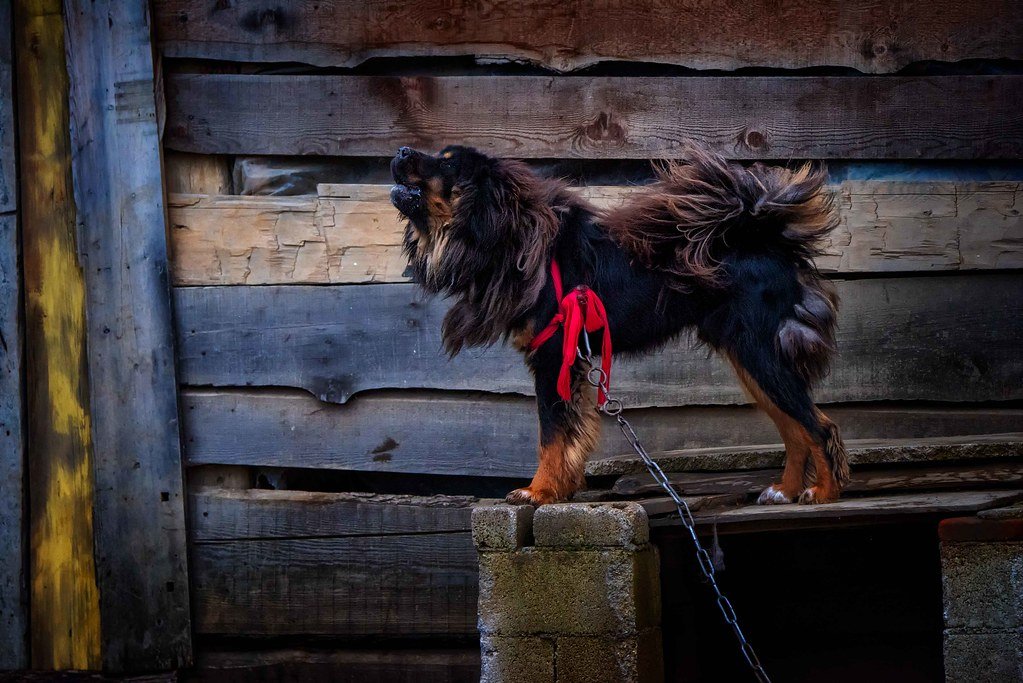
Imagine a creature with the mane of a lion, the size of a bear, and the attitude of a mountain god – that’s the Tibetan Mastiff. Used to guard monasteries high in the Himalayas, this breed already has a mythical origin story. Their thick coats and piercing eyes make them look like ancient beasts sent to protect sacred lands. These magnificent dogs typically weigh 70-150 pounds and carry themselves with the dignity of ancient royalty.
High in the Himalayas, where oxygen grows thin and reality seems negotiable, Tibetan monks spoke of Yeti and other mountain spirits that terrorized remote villages. The Tibetan Mastiff’s incredible tolerance for altitude and extreme cold made them the perfect companions for hunting these elusive creatures that left massive footprints in the snow but seemed to vanish into the mountain mist.
Black Russian Terrier: Stalker of Shadow Creatures
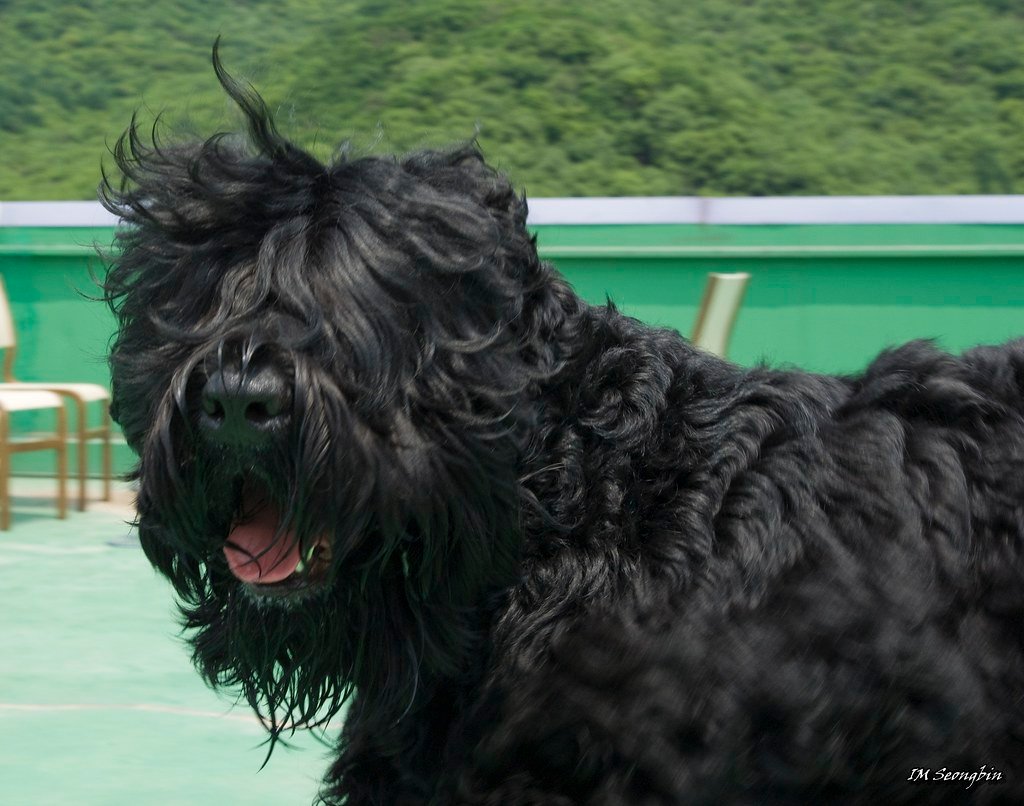
Created in Soviet military kennels during the Cold War era, the Black Russian Terrier emerged from a breeding program that sounds more like science fiction than reality. These powerful, intelligent dogs were engineered to work in the harshest conditions imaginable, from Siberian winters to desert heat.
Russian folklore is rich with tales of Domovoi – house spirits that could turn malevolent when offended – and Rusalka, water spirits that lured unsuspecting victims to watery graves. The Black Russian Terrier’s incredible intelligence and protective instincts made them ideal for detecting these shape-shifting entities that could appear as ordinary humans until it was too late.
Komondor: Protector Against Shape-Shifters
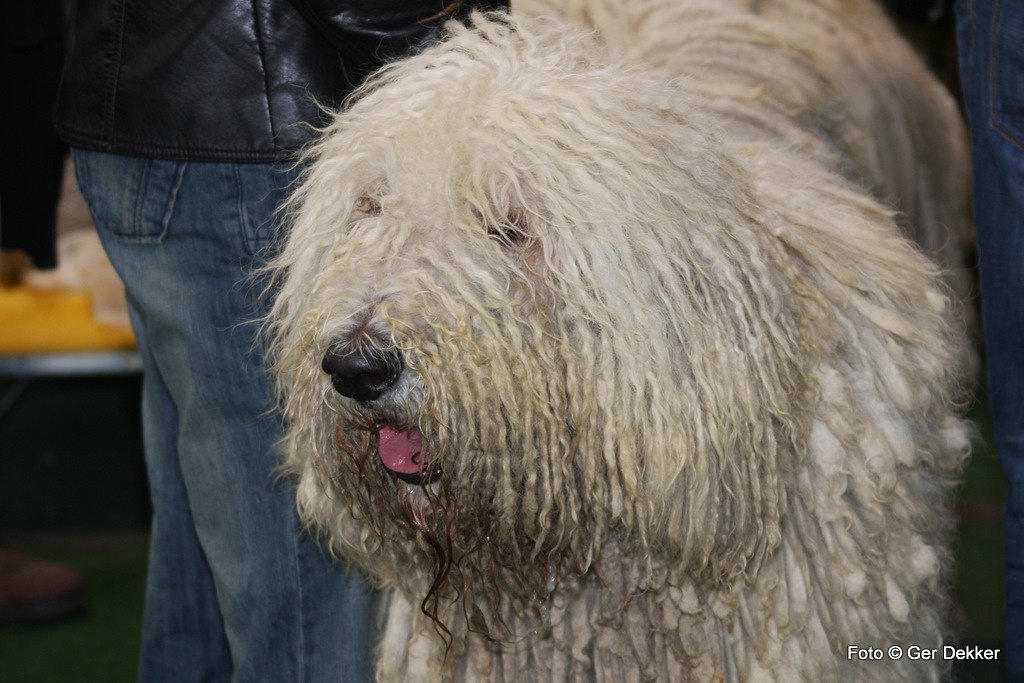
The Komondor doesn’t just look mythical – it looks like it escaped from a wizard’s enchanted broom closet. With long, corded dreadlocks that resemble ancient mops or vines, this Hungarian livestock guardian appears less like a dog and more like a shaggy forest spirit that only shows up during thunderstorms. Their unique coat isn’t just for show – it provides protection and allows them to blend seamlessly with their flock.
Hungarian shepherds told stories of Vámpír – not the blood-sucking kind you know from movies, but shape-shifting entities that could appear as wolves, humans, or even sheep. The Komondor’s ability to remain perfectly still among their flock while watching for threats made them perfect sentries against these deceptive creatures that could infiltrate herds undetected.
Pharaoh Hound: Hunter of Desert Djinn
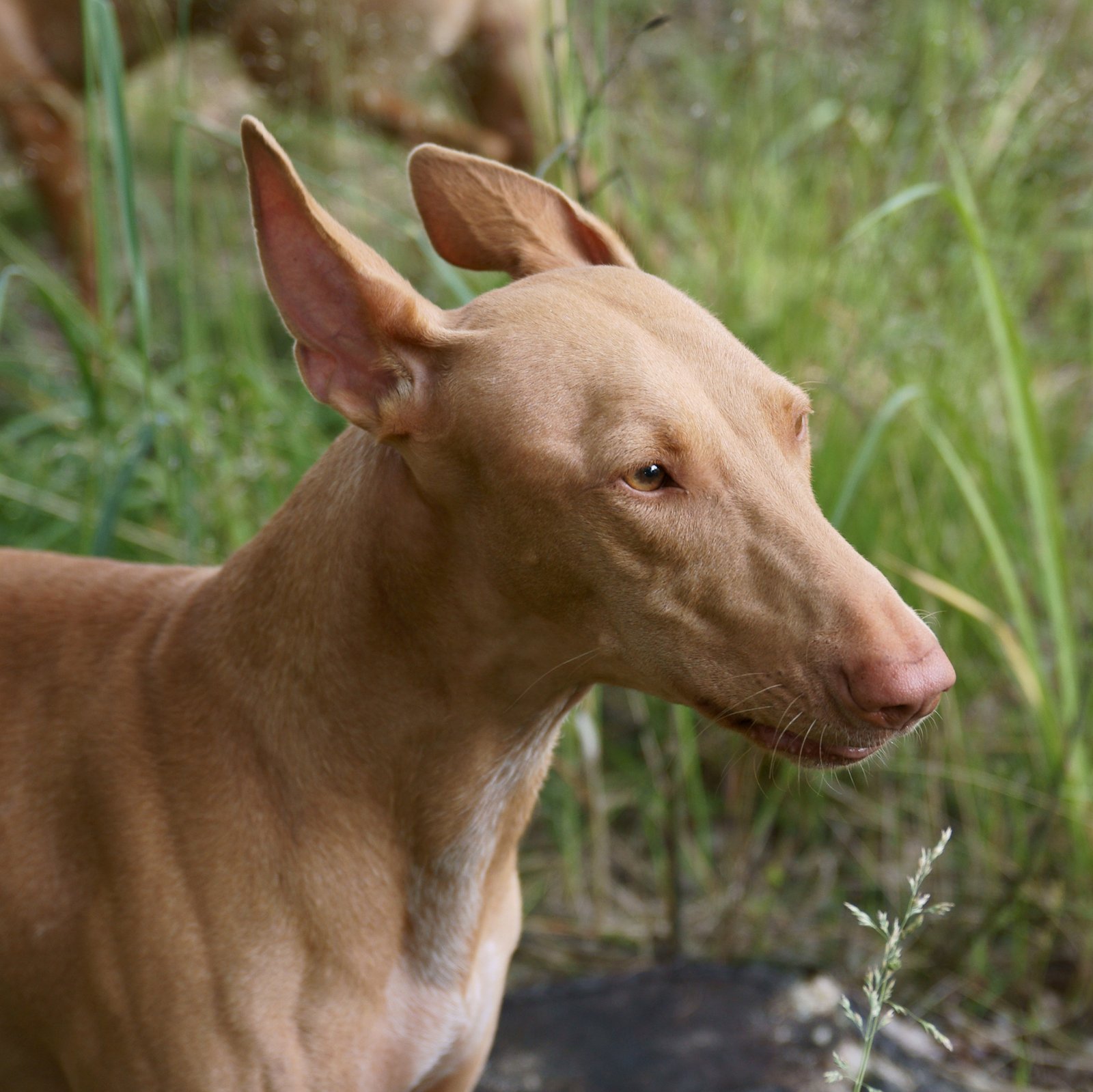
With their sleek, copper-colored coats and large, bat-like ears, Pharaoh Hounds look like they stepped directly from ancient Egyptian hieroglyphs. These elegant sight hounds possess an almost supernatural grace when they run, seeming to float across the desert sand rather than touching it.
Anubis, the god of death, bore the head of a canine creature, often described as jackal-like. Jackals are a type of wild dog native to Africa, and they are well known eaters of dead animals. Such carrion eaters are a vital part of the ecosystem, and the ancient Egyptians recognized the role of jackals in the ongoing cycle of life and death. The Pharaoh Hound’s connection to this ancient lineage made them invaluable for tracking djinn – desert spirits known for their ability to create mirages and lead travelers astray.
Lundehund: Climber After Cliff Spirits
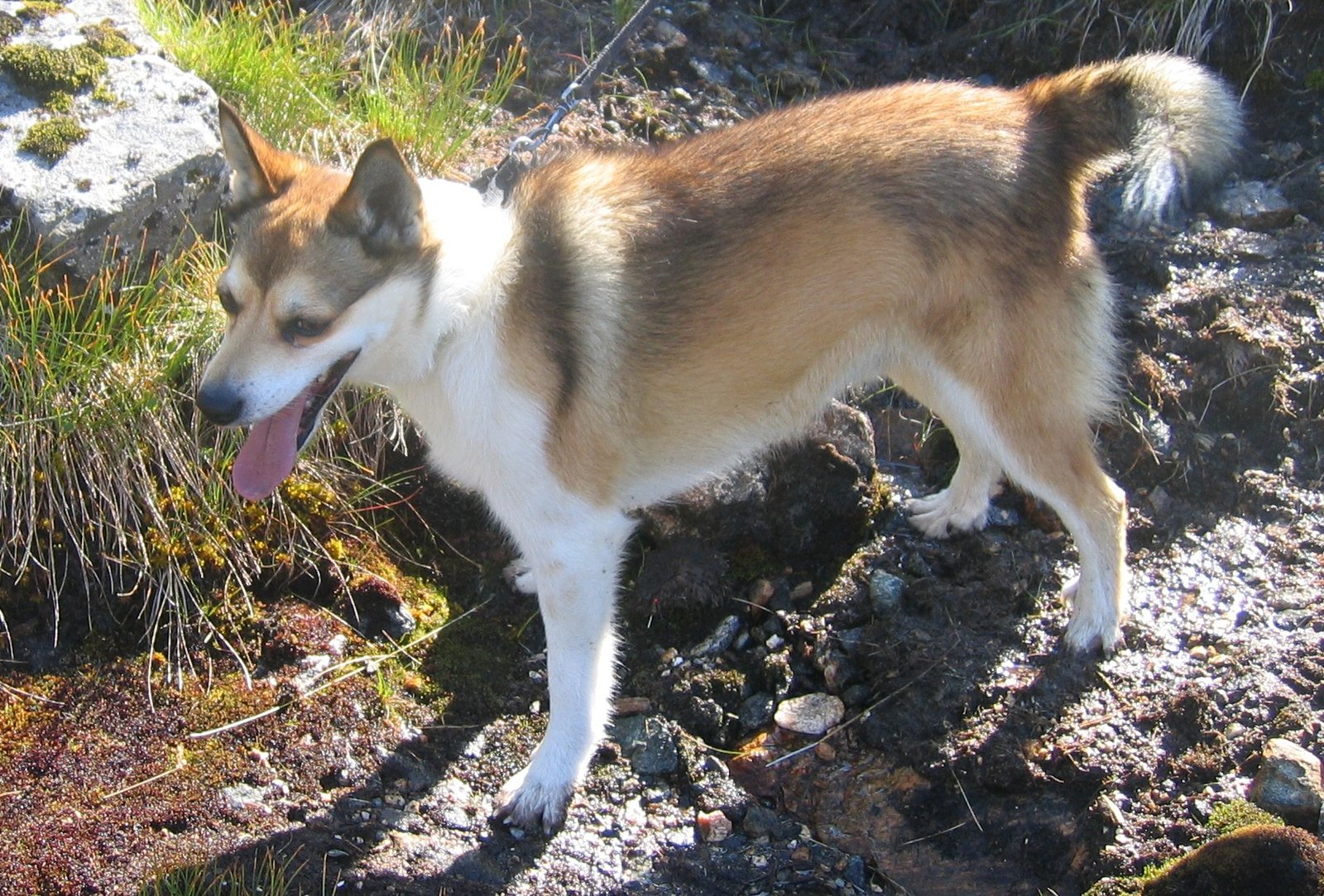
The Norwegian Lundehund is perhaps one of the most unusual dogs ever developed, possessing six toes on each foot and the ability to close their ears to prevent water from entering. These remarkable traits weren’t accidents – they were specifically bred for hunting puffins along Norway’s treacherous coastal cliffs.
But Norwegian fishermen whispered of something else these dogs could track – the Huldra, beautiful forest spirits who appeared as attractive women from the front but revealed hollow backs and cow tails from behind. The Lundehund’s extraordinary climbing abilities and acute hearing made them perfect for detecting these shape-shifting entities that dwelt in coastal caves and cliff faces.
Telomian: Guardian Against Jungle Demons
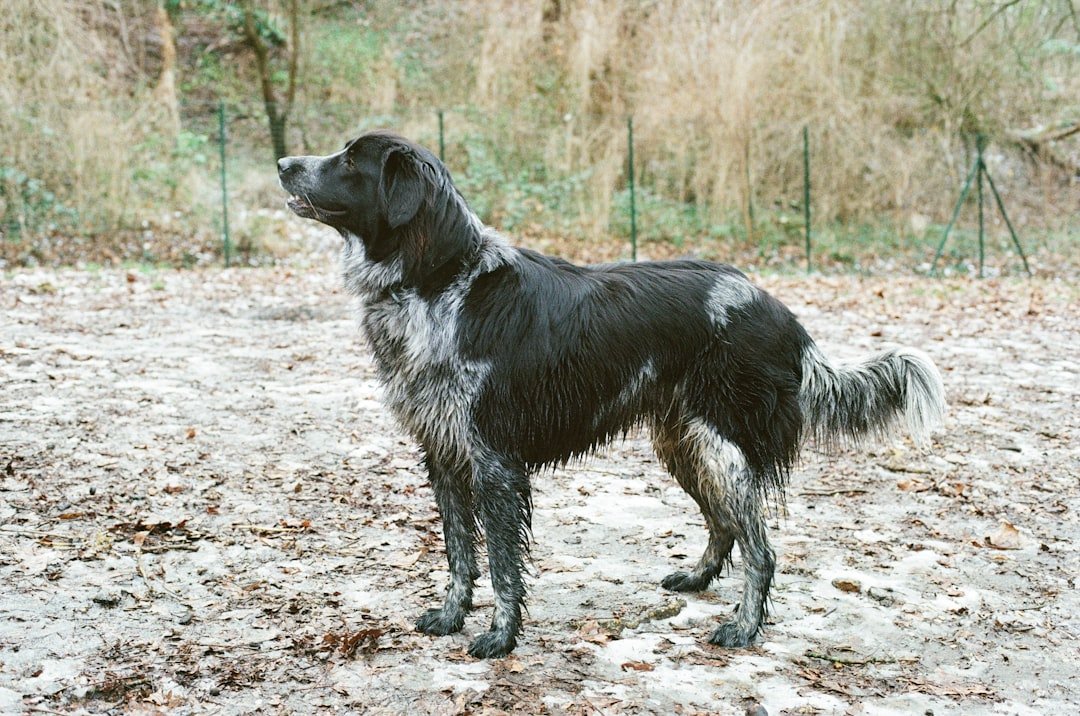
Deep in the Malaysian rainforest, the indigenous Orang Asli people developed a remarkable breed known as the Telomian. These medium-sized dogs possess an unusual combination of traits – they can climb trees like cats and have an almost supernatural ability to sense danger long before it becomes visible.
The dense Malaysian jungle is home to legends of the Penanggalan – a vampiric spirit that appears as a detached head with trailing organs, and the Langsuir – beautiful women who transform into monstrous birds. The Telomian’s tree-climbing abilities and exceptional alertness made them ideal companions for detecting these shape-shifting jungle spirits that could attack from above or transform in the blink of an eye.
Carolina Dog: Tracker of Forest Phantoms
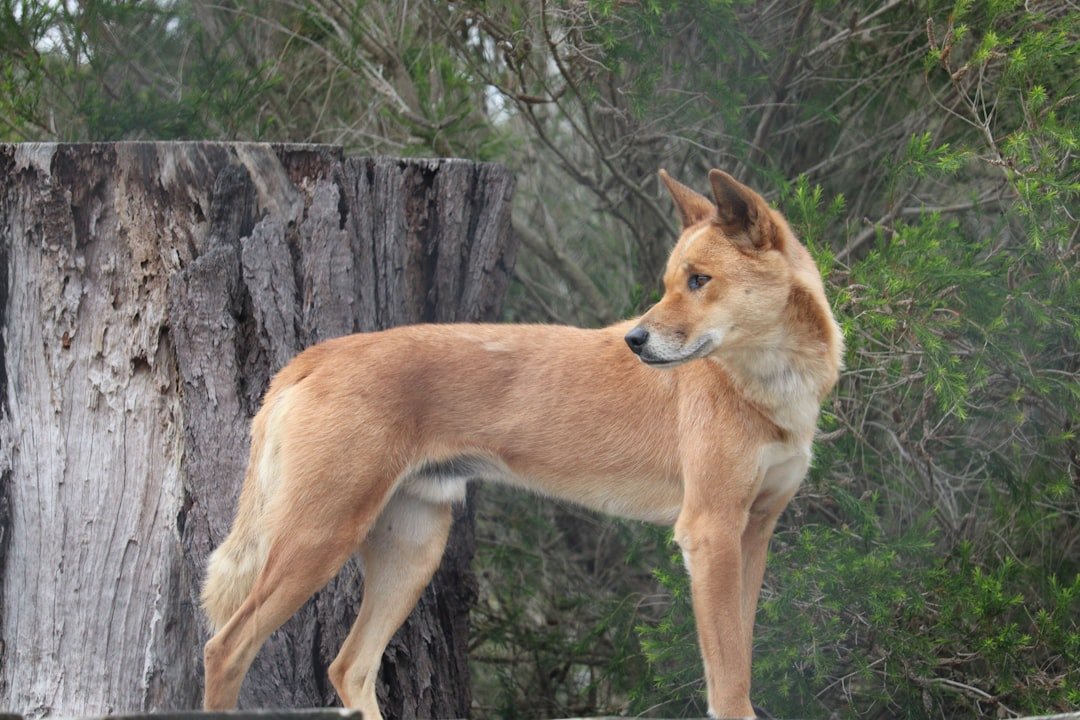
Also known as the American Dingo, the Carolina Dog is one of the few breeds that developed naturally in the wild before being domesticated. Found living freely in the Southeastern United States, these dogs possess an almost wolf-like appearance and behavior that sets them apart from other breeds.
Native American tribes spoke of Wendigo – cannibalistic spirits that stalked the deep woods, and various forest spirits that could possess both animals and humans. The Carolina Dog’s wild instincts and ability to detect subtle changes in their environment made them valuable allies in tracking these elusive creatures that seemed to exist just beyond the edge of human perception.
Conclusion: When Reality Meets Legend
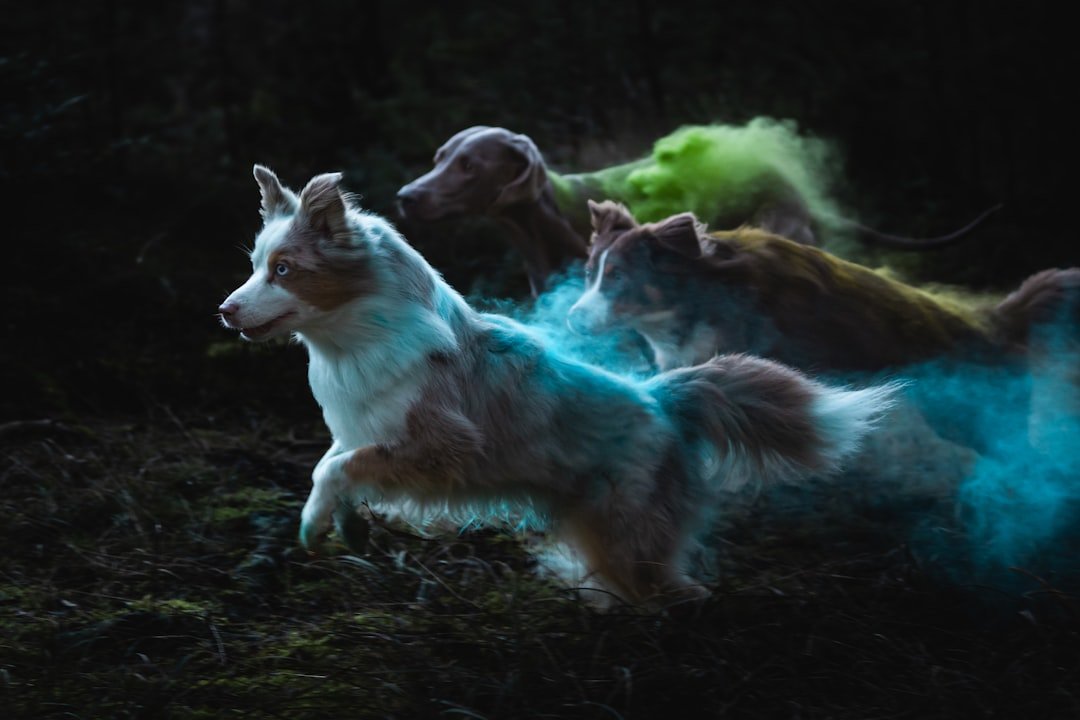
These ten remarkable breeds represent more than just hunting companions – they’re living bridges between our world and the realm of myth and legend. Each was developed by cultures that understood something we’ve largely forgotten: the natural world holds mysteries that ordinary dogs simply couldn’t handle.
Whether tracking shape-shifting spirits in Hungarian fields or climbing Norwegian cliffs in pursuit of forest dwellers, these breeds were designed for tasks that go far beyond conventional hunting. Their unique traits – from the Lundehund’s extra toes to the Xolo’s healing warmth – weren’t just interesting quirks but specialized tools for engaging with creatures that existed in the spaces between reality and imagination. Did you ever wonder what your own dog might be sensing that you can’t?

Andrew Alpin from India is the Brand Manager of Doggo digest. Andrew is an experienced content specialist and social media manager with a passion for writing. His forte includes health and wellness, Travel, Animals, and Nature. A nature nomad, Andrew is obsessed with mountains and loves high-altitude trekking. He has been on several Himalayan treks in India including the Everest Base Camp in Nepal.





